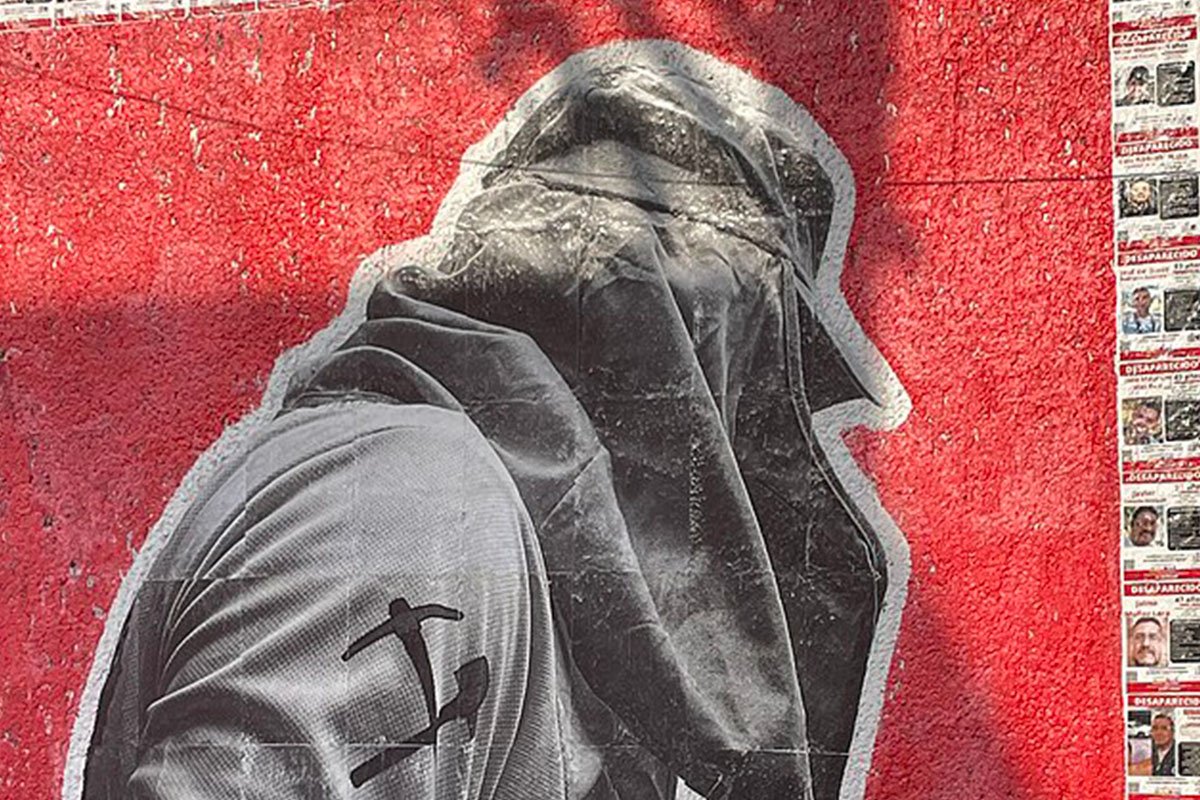
This month, as women all across the country are celebrated during Women’s History Month, the Prison Policy Initiative (PPI) released its annual report that details the plight of some of the most marginalized women—those who are incarcerated.
Women’s Mass Incarceration: The Whole Pie 2024, written by Aleks Kajstura and Wendy Sawyer, details why and where women are incarcerated nationwide. The report finds that women’s incarceration has grown at twice the rate of men’s in recent decades.
“When a typical bail amounts to a full year’s income for women, it’s no wonder that women are stuck in jail awaiting trial.”
In the United States, 190,600 women and girls are incarcerated, with 84,000 of these women held in local jails and 77,000 in state prisons. This is about 10 percent of the total incarcerated population in the United States. Although far fewer women are incarcerated than men, in recent decades women’s incarceration has grown at a disproportionate rate. As the report indicates, more data are needed to keep track of this trend and more fully detail the experiences of incarcerated women.
Across the country, most incarcerated people are held in state prisons. As PPI noted in a report released last year, over one million incarcerated people are held in state prisons, while 514,000 are held in local jails. A disproportionate number of incarcerated women are not held in state prisons, however, but rather in local jails.
This is telling because the vast majority of people in jail have not been convicted of a crime, but are there because they cannot afford to post bail. As the report reveals, more than 60 percent of women in local jails have not been convicted of a crime and are awaiting trial. Many cannot afford their bail—partly because incarcerated women often have lower incomes than incarcerated men.
Since women are typically caregivers, their incarceration does not just impact them—it affects their whole families.
“When a typical bail amounts to a full year’s income for women, it’s no wonder that women are stuck in jail awaiting trial,” the report states.
Women are also more likely to be incarcerated for property or drug offenses rather than violent crimes, and jails typically house people serving sentences of less than a year.
Still, even though women typically serve shorter sentences, that does not make their sentences any less deadly. According to the report, “Women have a higher mortality rate than men in jails, dying of drug and alcohol intoxication at twice the rate of men.”
The report also finds that women who enter jails are more likely to have a medical problem or severe mental illness, which exacerbates the psychological distress that they face while incarcerated. It doesn’t help that phone calls in jails are three times more expensive than in prison, further exacerbating the isolation that incarcerated women face. Even a short stint of incarceration has been reported to cause lasting damage to one’s health.
And, since women are typically caregivers, their incarceration does not just impact them—it affects their whole families. The report finds that 80 percent of women in jails are mothers, and most of them are primary caregivers of their children.
Sign up for our free newsletters
Subscribe to NPQ's newsletters to have our top stories delivered directly to your inbox.
By signing up, you agree to our privacy policy and terms of use, and to receive messages from NPQ and our partners.
The Deeper Impacts of Incarceration
Over 3,000 women were pregnant when they were sent to prison and most were without health insurance at the time. While they often serve longer sentences than those in jail, women in prison are located farther away from their families and loved ones. Many large states only have one prison facility for women, making visitations much harder.
As the report notes, women who are marginalized across multiple identities are more likely to be incarcerated. The report cites a 2017 study that found that one-third of incarcerated women identify as LGBTQ+ compared to just 10 percent of incarcerated men. The report also finds that Black women are disproportionately incarcerated, and Black girls account for 32 percent of all girls in juvenile facilities, even though they are only 14 percent of girls nationwide. Additionally, among girls held in the juvenile justice system, one in four are being held for a noncriminal technical violation of probation or a status offense.
“Reform discussions [need] to focus not just on the easier choices but the policy changes that will have the most impact.”
Further, using survey data to paint a picture of the experiences of incarcerated people in the months and years leading up to their incarceration, the report details how poverty and incarceration often intersect.
For instance, over one-fourth of incarcerated women experienced homelessness in the year before their arrest. In the month leading up to their arrest, women are more likely to be jobless. The pipeline to incarceration begins at an early age, with 12 percent of incarcerated women noting that they were homeless before the age of 18—and 19 percent stating that they spent time in foster care at some point during their youth. As previous research has indicated, by age 17, over 50 percent of foster children will have some encounter with the juvenile legal system—either through arrest, conviction, or detention.
In addition to finding that many incarcerated women are survivors of sexual abuse, the report also finds that while incarcerated in prisons and jails, women are three times more likely to be sexually victimized by prison or jail staff than men.
However grim this picture is, the authors suggest that the data presented offer an opportunity for national conversations about how women are impacted by mass incarceration and to think more broadly about policy solutions to curb the trend. For example, since many survivors of domestic and sexual abuse have been incarcerated for violent crimes that occurred in response to gendered violence, conversations about reform measures should include violent crimes and causal factors.
“The fact underscores the need for reform discussions to focus not just on the easier choices,” the authors write, “but the policy changes that will have the most impact.”











